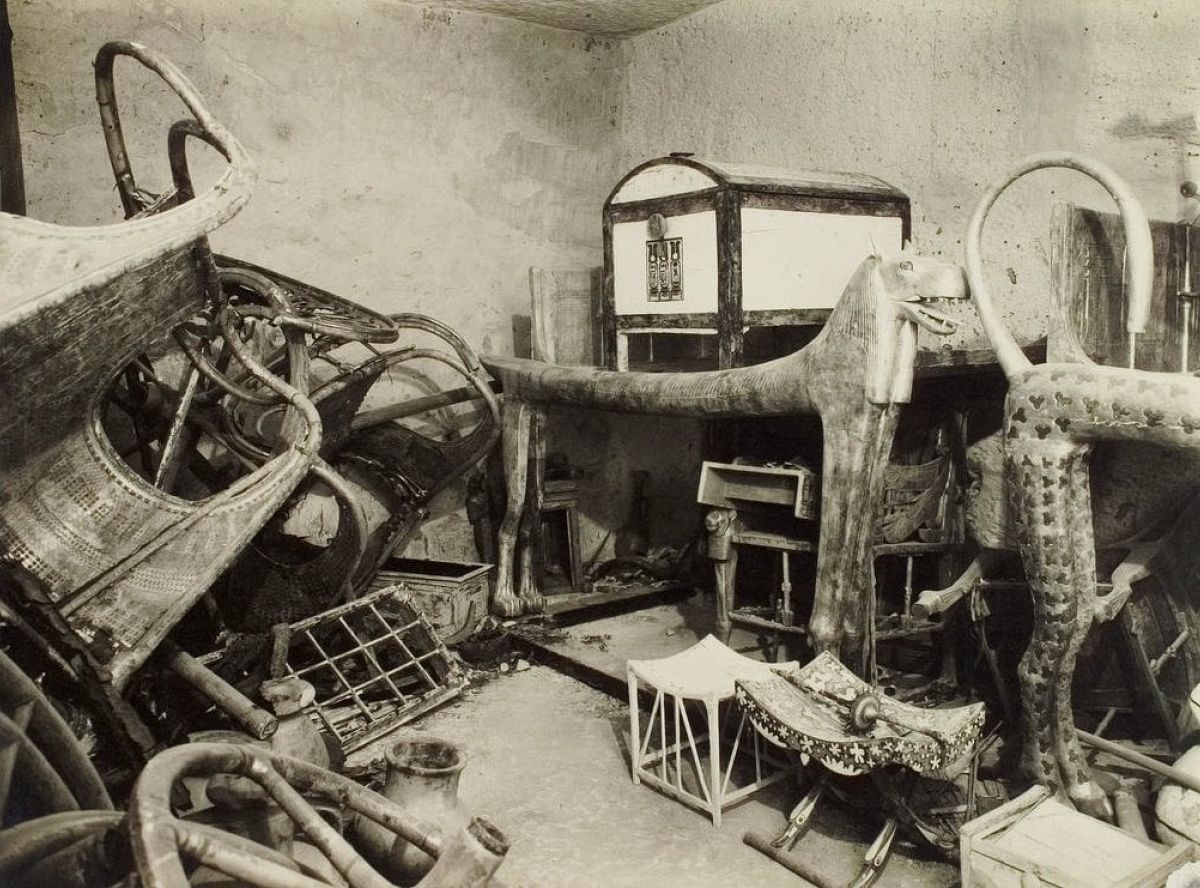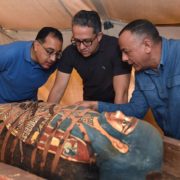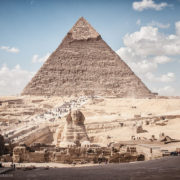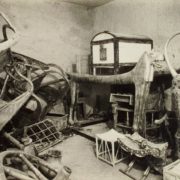
The tomb that changed the world: 100 years on from the discovery of King Tutankhamun
By Theo Farrant
It has been 100 years since the treasure-filled tomb of King Tutankhamun was discovered in the Valley of the Kings.
He has become the most famous ancient Egyptian pharaoh in the world, thanks to the incredible condition of his final resting place and the “wonderful things” found alongside his body.
News of the discovery sparked a worldwide fascination in ancient Egypt and the legends and mysteries surrounding King Tut’s tomb still enthral history lovers around the world.
Who was Tutankhamun?
King Tutankhamun was the young pharaoh whose ancient tomb and opulent artefacts have fascinated generations since they were first discovered.
He was only 9 years old when he ascended the throne during the 18th dynasty in Egypt, ruling until he was 18 or 19.
For many, “King Tut” is the ultimate symbol of ancient Egypt’s glory.
How was his tomb discovered?
By 1922, British Egyptologist Howard Carter and his team of Egyptian excavators had spent five unsuccessful years searching for an undiscovered royal tomb in Egypt’s Valley of the Kings.
However on 4 November 1922, the team eventually discovered steps leading to King Tut’s burial room, hidden in the debris near the entrance of King Ramses VI’s nearby tomb.
Many credit a 12-year-old water carrier called Hussein Abdul Rassul for accidentally discovering the tomb, after tripping on a stone whilst fetching water for a team of archeologists.
What was found inside the tomb?
Miraculously, the tomb, consisting of four separate chambers, was discovered to be virtually intact, with its treasures untouched after more than 3,000 years, unlike previously discovered tombs belonging to other pharaohs.
Its discovery, therefore, provided archaeologists and historians with incredibly valuable information on the religion, rituals, and culture of the ancient Egyptians.
More than 5,000 priceless artefacts made up the surprisingly rich burial, many of which were in extremely delicate condition and required an unprecedented level of care to remove (as they were liable to fall apart at the touch).
“When (Howard) Carter discovered the tomb on November 4th 1922, he found 5,398 pieces. Most of them were gold. The tomb itself is a very modest tomb, it’s a very small tomb compared to the rest of the tombs in the Valley of the Kings,” says Mostafa Waziri, the Secretary General of Supreme Council of Antiquities.
Despite its size, the tomb was filled with everything the “Boy King” would need for the afterlife, including furniture, chariots, wine, fresh food, clothing musical instruments and weapons.
The four chambers inside the burial consist of an antechamber, a burial chamber, an annex, and a treasury.
The antechamber was the first room that Carter entered (on 26 November 1922), and contained many of King Tut’s prized possession that he used during his life, including three golden animal couches, a paper fan, and pieces of four war chariots.
Beyond the antechamber lay the ornately decorated and excellently mummified corpse of the late great King Tutankhamun in the burial chamber, which was guarded by two enormous figures of the god Anubis.
The walls of the burial chamber are painted with different scenes of the pharaoh interacting with the different gods and goddesses.




